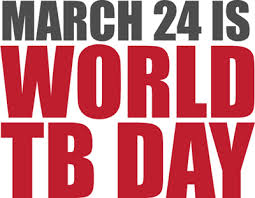Tuberculosis is as old as humanity… In the 19th century it was the most life-demanding chronic, infectious disease.
It was 132 years ago, 24 March 1882, that Koch Robert published his findings about the bacteria causing the diseases. Nowadays, this day is the World Tuberculosis Day.
Tuberculosis is a chronic infection transmitted by respiratory fluids. In the majority of cases it attacks the lungs, however it can affect other organs as well. According to the newest findings there are 8,7 million people annually dying due to TB infection. The most affected group is the one which works and socializes most actively, thus people aged between 15-59.
Besides therapeutic treatments, like mountain air, rest, nursing homes, surgical operation have been trying to fight against the endemic disease, however an antibiotic, called streptomycin, has proven to be the most effective.
According to the prognosis of WHO, by 2020 there will have been 200 million infected people, unless medical defense strengthens. The current situation is also worsened by the spread of HIV. TB and HIV are often referred to as the “deadly duo”.
In the current revival of TB infections, population movements play a major role; the number of infectious foci is increased by immigrants –either legal or illegal – arriving from more infected developing countries. Another reason for the worsening of the situation is caused by the fact that Mycobacterium tuberculosis has got accustomed to medicines used in TB treatment, therefore new antibiotics would be needed, which are not available in some countries, or are not in circulation yet.
A healthy and resistant immune system cannot get infected with TB very easily. Prolonged coughing, mild fever, fatigue, weakness, weight loss, night sweating and shortness of breath may indicate the presence of the disease, in which case it is strongly advisable to turn to a specialist.
source: unideb.hu


















